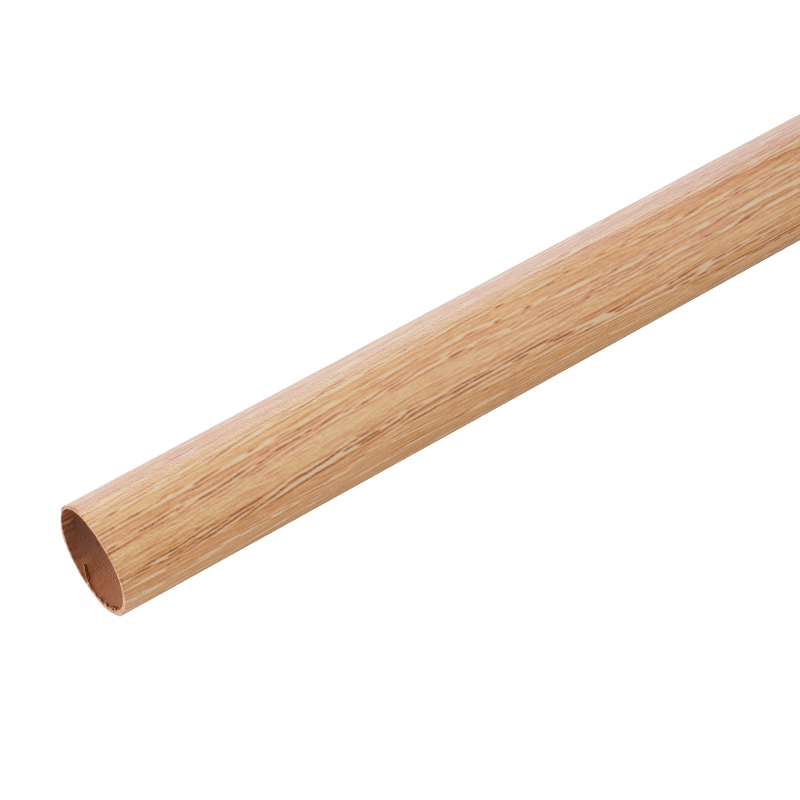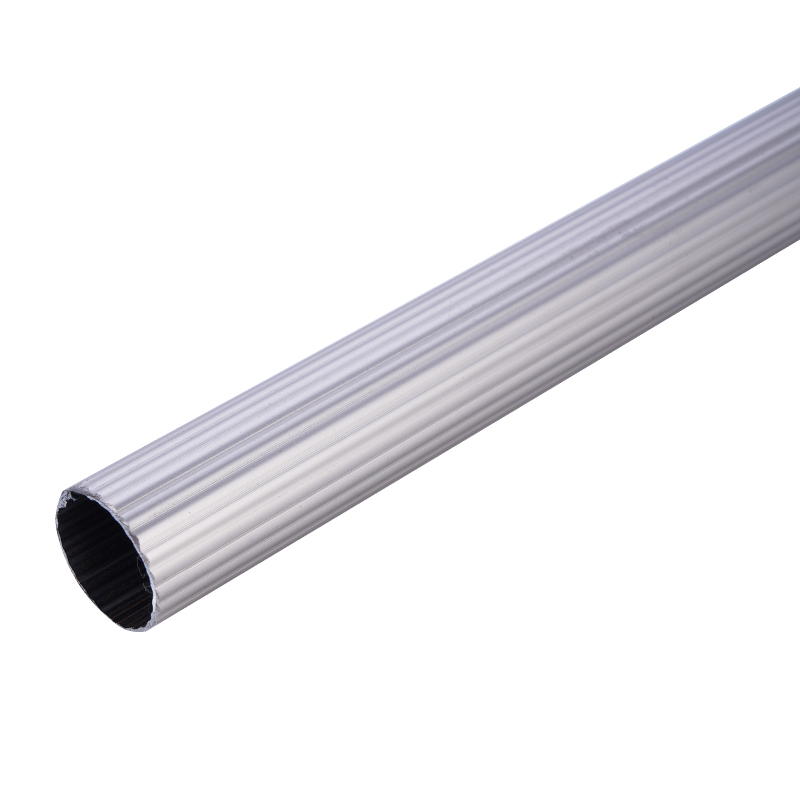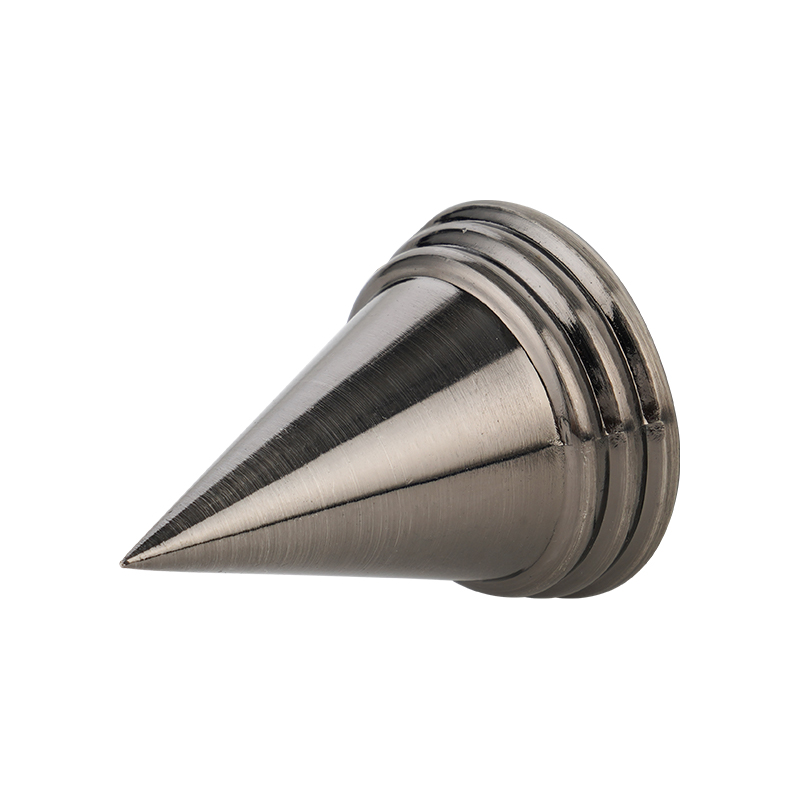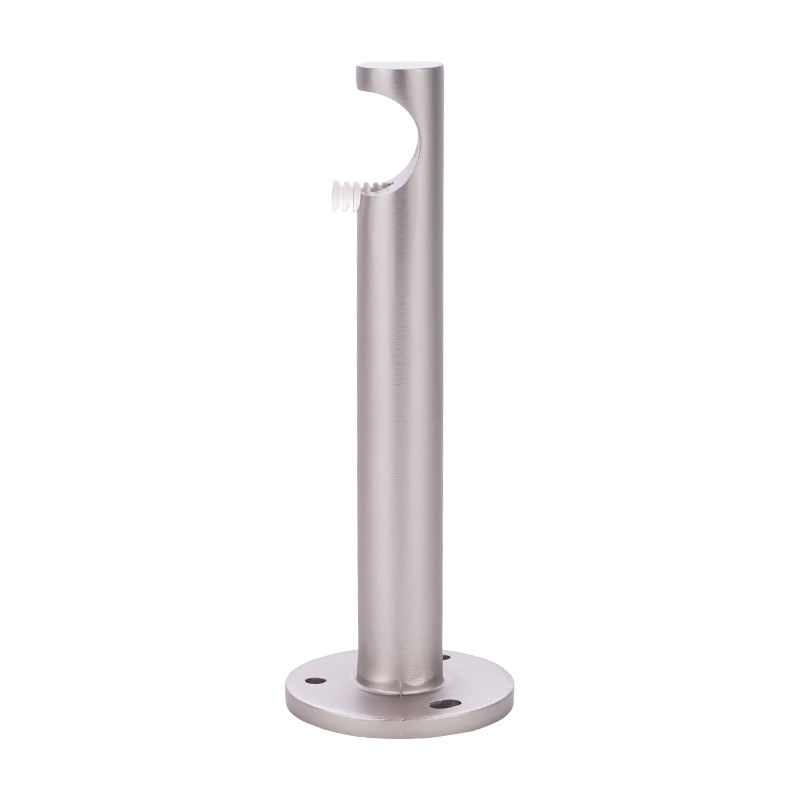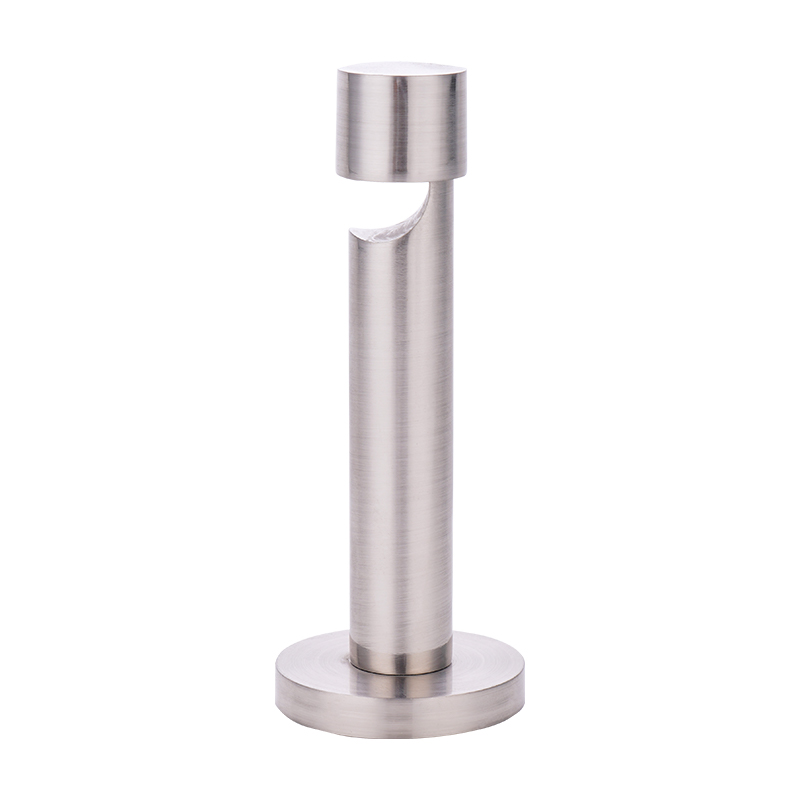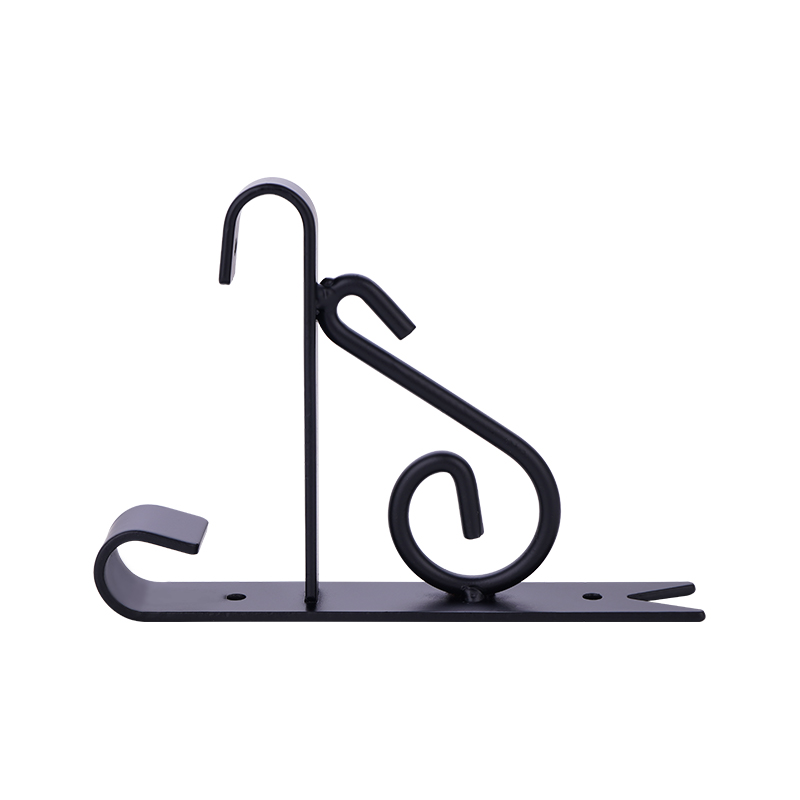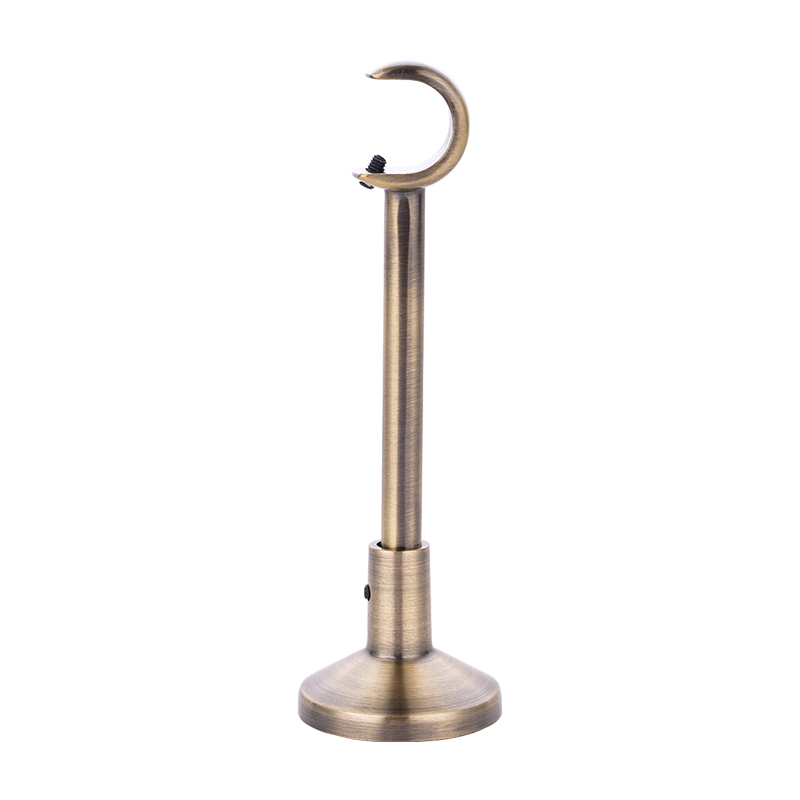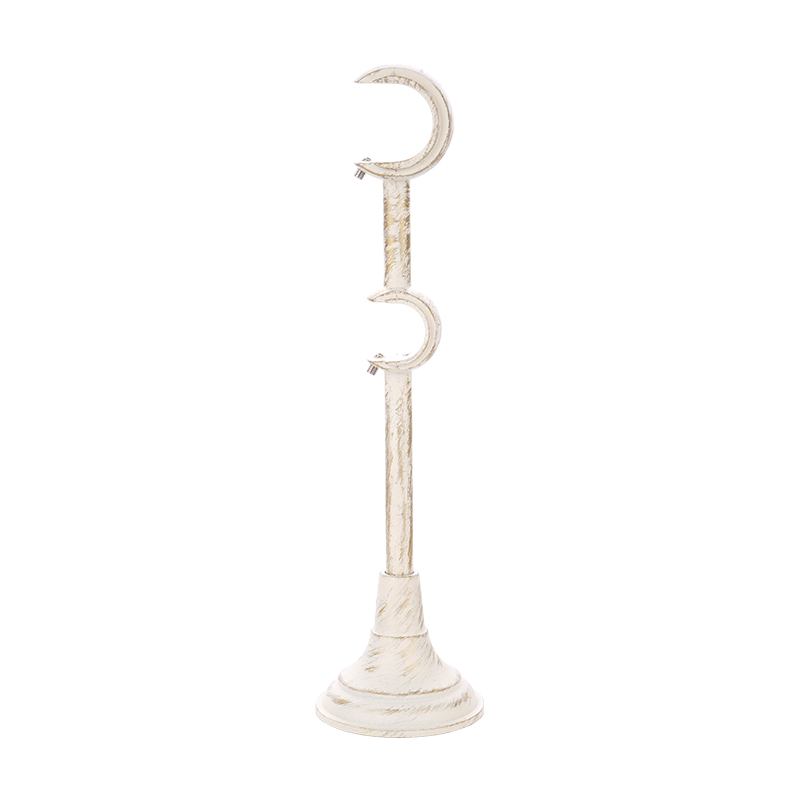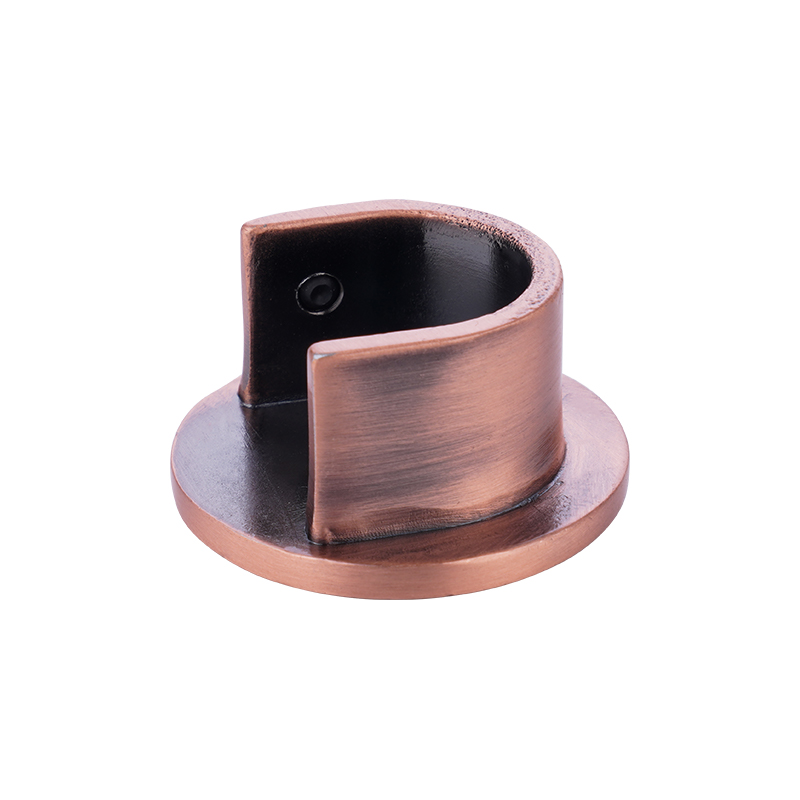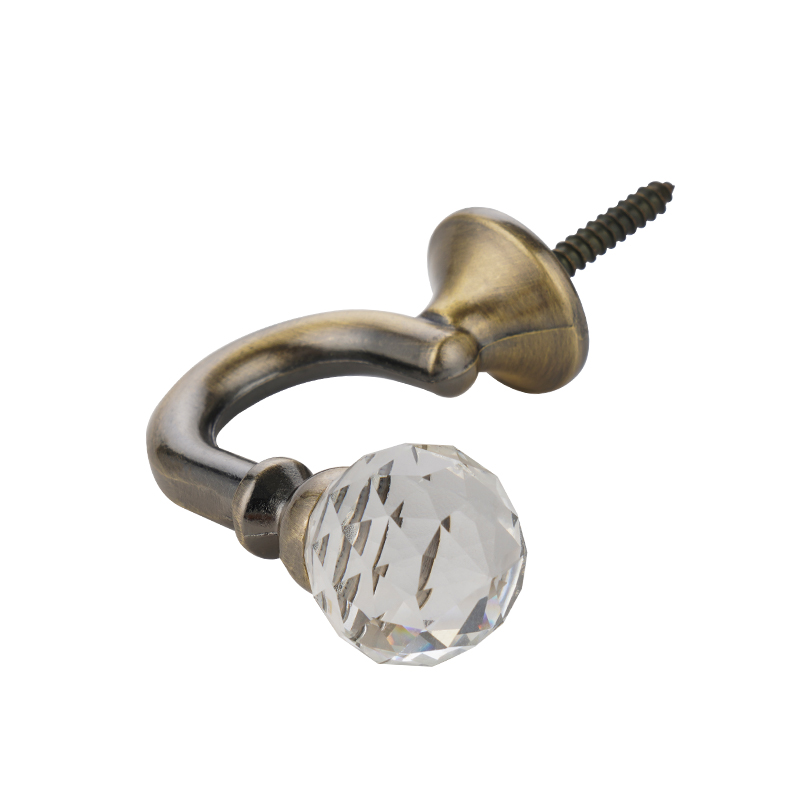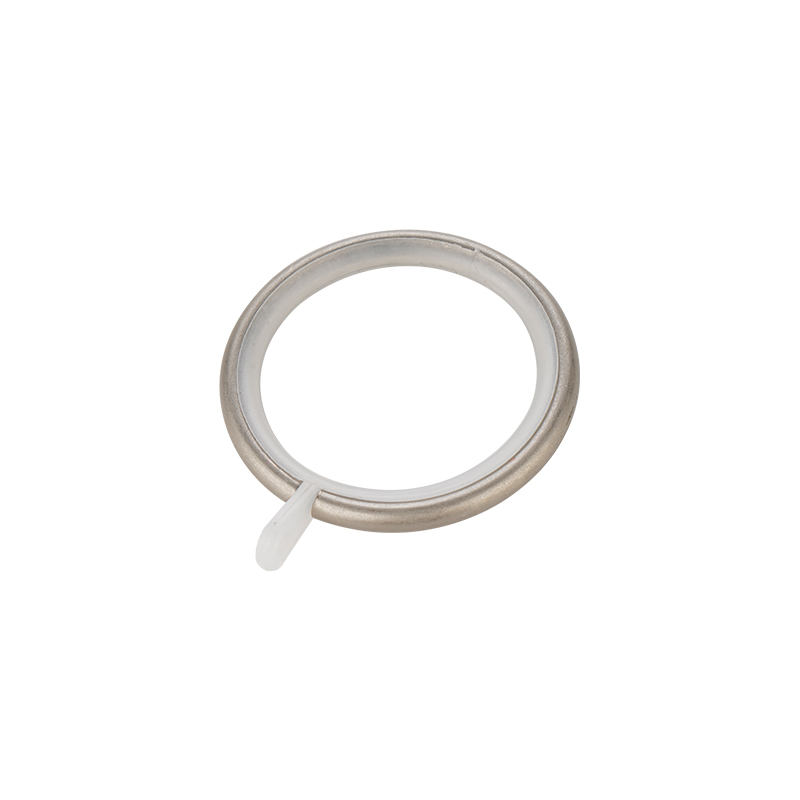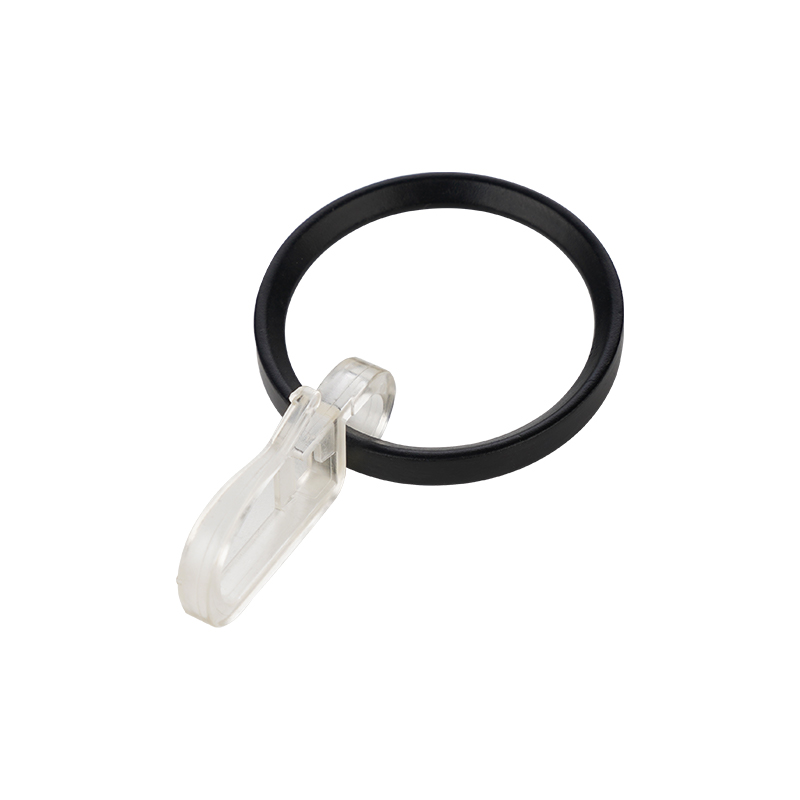1. Introduction to Curtain Rod Installation
Curtain rods are essential hardware in home decor, allowing curtains to hang properly and enhancing the overall appearance of windows. While selecting the right curtain rod is important, understanding installation considerations is equally critical. Proper installation ensures stability, safety, and smooth curtain operation. Whether for standard windows, bay windows, or sliding doors, paying attention to installation details helps maintain the curtain rod’s functionality over time.
2. Assessing Wall Type and Strength
Before installation, it is necessary to consider the wall type. Curtain rods may be installed on drywall, concrete, brick, or wooden surfaces. Each wall type requires specific anchors or screws to ensure secure mounting. For drywall, plastic or metal wall anchors are recommended to distribute weight evenly. Concrete and brick surfaces may require masonry screws or expansion anchors. Wooden walls or frames can typically accommodate wood screws without additional hardware. Evaluating wall strength helps prevent sagging or falling of the rod, especially for heavy curtains.
3. Choosing the Correct Rod Brackets
Rod brackets play a key role in maintaining stability. The type of bracket depends on the curtain rod design, such as single rod, double rod, or telescoping rod. Brackets must support the rod’s weight along with the weight of curtains. Adjustable brackets are useful for uneven walls or varied window sizes. Proper spacing between brackets, typically one near each end and additional support in the middle for longer rods, ensures that the rod remains straight and does not bend under load.
Recommended Bracket Spacing for Curtain Rods
| Rod Length | Recommended Brackets | Notes |
|---|---|---|
| Up to 1 meter (3.3 ft) | 2 brackets | One at each end |
| 1–2 meters (3.3–6.6 ft) | 3 brackets | Extra support in the middle |
| 2–3 meters (6.6–9.8 ft) | 4 brackets | Evenly spaced for heavy curtains |
| Over 3 meters (>9.8 ft) | 4+ brackets | Consider additional middle supports |
Determining Curtain Rod Height
The height of installation affects both the aesthetic appeal and functional performance of curtains. Typically, curtain rods are installed 10–15 cm (4–6 inches) above the window frame. For floor-length curtains, installing rods higher creates an impression of taller ceilings. Adjustable rod holders and telescoping rods can accommodate different window heights. Measuring accurately before drilling ensures alignment with the curtain’s length and allows smooth opening and closing.
Ensuring Proper Rod Length and Fit
Curtain rods come in fixed or adjustable lengths. It is essential to measure the window width accurately, accounting for curtain overlap on each side. Ideally, rods extend 10–20 cm (4–8 inches) beyond the window frame to allow curtains to fully cover the window when closed. Adjustable rods or telescoping rods provide flexibility for different window sizes, while also simplifying future changes if the curtain style or room layout changes.
Selecting the Appropriate Tools
Installing curtain rods typically requires basic tools such as a drill, screwdriver, level, measuring tape, and pencil for marking. Using a level ensures that brackets are horizontally aligned. Drill bits should match the wall anchors or screws being used. For heavy rods, power drills with appropriate torque settings make installation easier and safer. Choosing the right tools is crucial for accurate and secure mounting.
Addressing Weight and Load Considerations
Curtain rods must support the combined weight of the rod and the curtains. Heavier curtains, such as velvet or blackout drapes, require stronger rods and brackets, often made of metal or reinforced materials. Lightweight rods made of aluminum or plastic may be sufficient for sheer curtains or lightweight fabrics. Ensuring that the rod, brackets, and screws can handle the load prevents damage to the wall and maintains smooth curtain movement.
Safety and Stability Tips
Installing curtain rods safely is important to prevent accidents. Anchors and screws should be tightened securely but not over-tightened to avoid cracking walls or stripping screws. For high or large windows, assistance may be needed to hold the rod in place while fastening brackets. Checking that the rod is level and firmly mounted before hanging curtains is essential. Additionally, periodic inspection of the rod and brackets helps maintain long-term stability.
Installation Tips for Different Curtain Rod Materials
| Rod Material | Suitable Wall Type | Recommended Bracket Type | Notes |
|---|---|---|---|
| Metal rods | Concrete, brick, drywall | Metal or adjustable brackets | Suitable for heavy curtains |
| Wooden rods | Wood, drywall | Wooden or adjustable brackets | Can be decorative and strong |
| Plastic rods | Light walls, drywall | Plastic or light-duty brackets | Best for lightweight curtains |
| Telescoping rods | Drywall, concrete | Adjustable brackets | Flexible length, easy replacement |
Are Curtain Rods Easy to Install
The ease of installation depends on several factors, including wall type, rod material, curtain weight, and the user’s familiarity with tools. Standard curtain rods with simple brackets can be installed in less than an hour by following instructions carefully. Adjustable or telescoping rods simplify the process, as they reduce the need for exact pre-measurement and allow minor adjustments. While installing rods may require some effort, proper preparation and attention to detail make it a manageable task for most homeowners.
Maintenance After Installation
Even after installation, curtain rods require occasional maintenance. Tightening screws periodically, cleaning the rod surface, and ensuring brackets remain firmly in place helps maintain functionality. For telescoping rods or rods with decorative elements, checking for alignment and wear ensures that curtains slide smoothly and remain aesthetically aligned. Proper maintenance extends the life of both the rod and the curtains it supports.
